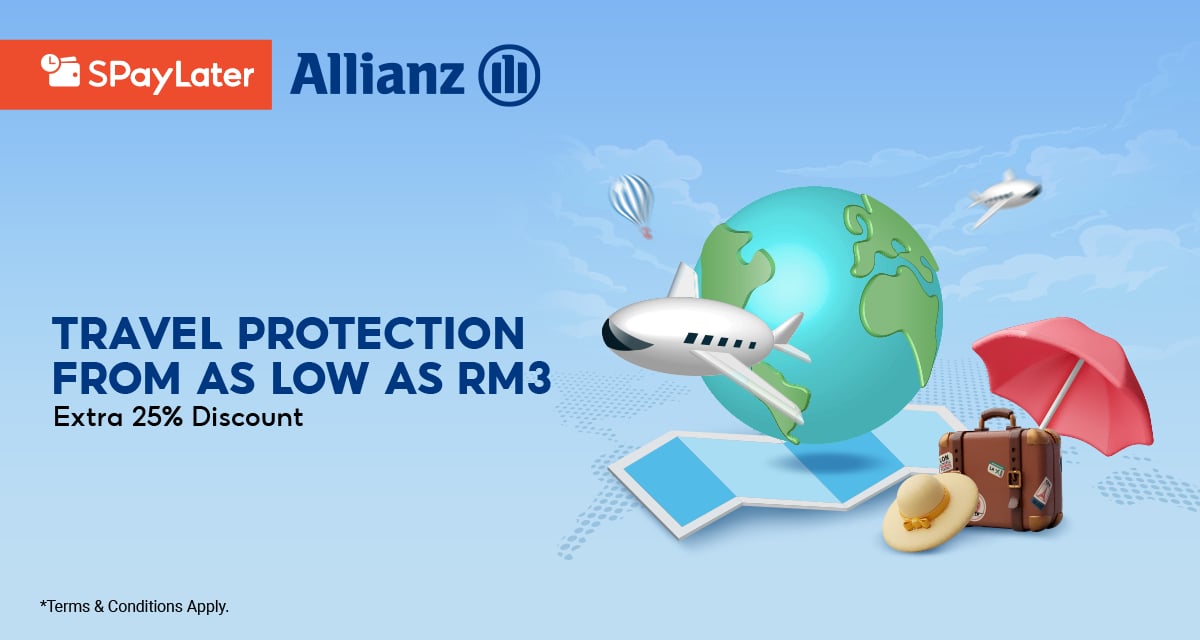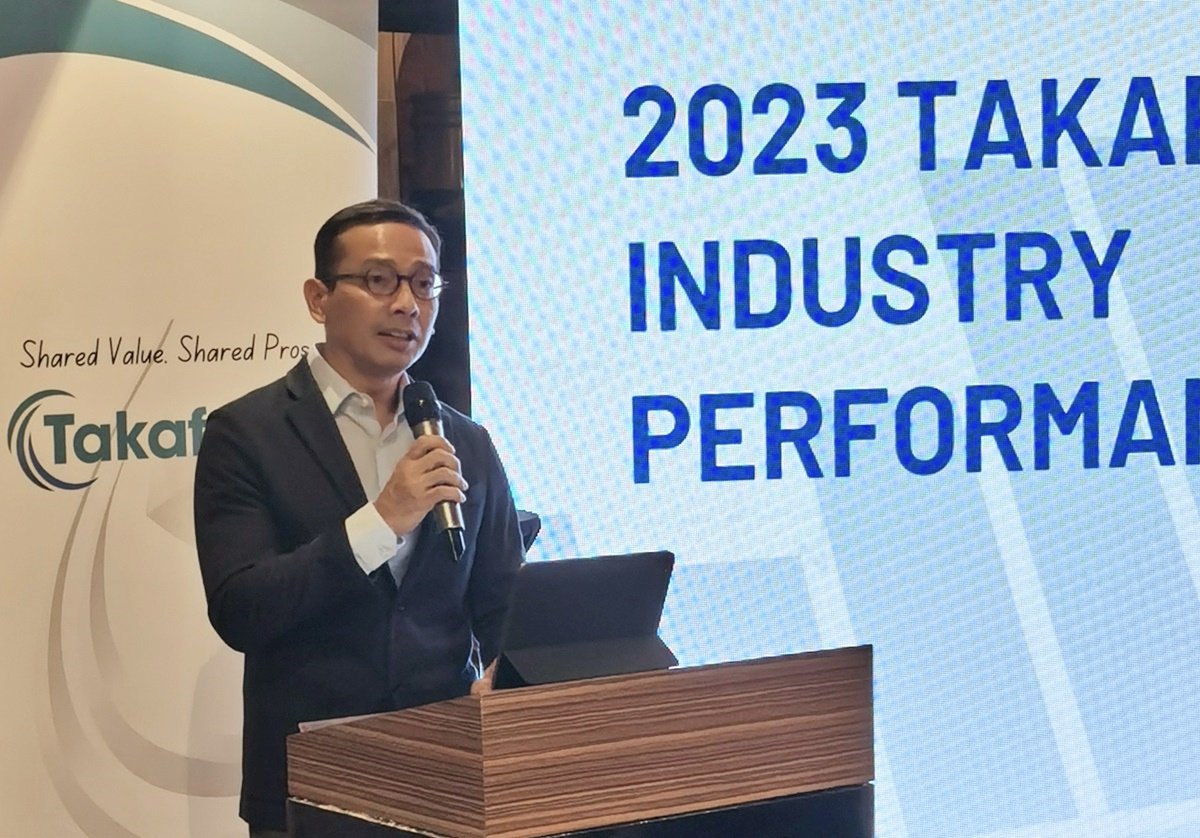Jacie Tan
6th May 2020 - 7 min read

First introduced in 2018, the Employment Insurance System (EIS) is a scheme that offers you unemployment benefits and job search assistance should you lose your job for reasons like retrenchment, redundancy, and so on. It is a compulsory government scheme that covers all private sector employees automatically, with employers and employees each contributing 0.2% of the employee’s salary every month.
Who is eligible for EIS?
As mentioned above, the EIS is targeted at employees in the private sector, and you must also be a Malaysian citizen or permanent resident aged between 18 to 60 years old to be eligible.
The EIS does not cover domestic workers, self-employed workers, civil servants, and workers in local authorities and statutory bodies as they are not covered by the Employment Insurance System Act 2017. Moreover, workers who are aged 57 and above who have never paid contributions before that age are also not covered by the EIS Act, and are not required to contribute to the scheme.
Those are the eligibility criteria that you need to fulfil in order to be enrolled into the EIS scheme. However, in order to apply for the specific benefits under EIS should you find yourself unemployed, you also need to fulfil the following conditions:
- Apply within 60 days after your loss of employment
- Meet the contributions qualifying conditions (CQC) by paying the required minimum number of SOCSO and EIS monthly contributions
- Your loss of employment must fall under the pre-set definitions.

For the purposes of claiming EIS benefits, your loss of employment must be due to one of the following reasons:
- Normal retrenchment and redundancy
- VSS/MSS (voluntary or mutual separation schemes)
- Closure of the company due to natural disasters
- Bankruptcy or closure of the company
- Constructive dismissal
- Resignation due to sexual harassment or threats made in the workplace
- Resignation after being ordered to perform dangerous duties outside the job scope
You cannot claim for EIS benefits if your loss of employment is caused by dismissal due to your own conduct, voluntary resignation, retirement, or the expiry of a fixed-term contract.
What are the benefits offered under EIS?
Job Search Allowance (JSA)

The main benefit offered under the EIS is the Job Search Allowance (JSA), a financial allowance for those who have lost their one and only job. If you are successful in your application for the JSA, you will be paid a monthly allowance for a minimum of 3 months and a maximum of 6 months, depending on how you have fulfilled the CQC requirements through your monthly EIS contributions. How much allowance you get each month will also depend on pre-determined rates and your assumed monthly wages.
For months 1-3 under the JSA, you will get paid 80%, 50%, and 40% of your monthly assumed wage respectively, and for months 4-6 you will get paid 40%, 30%, and 30%. If you’re wondering how to find out your monthly assumed wage, you can refer to the table on the SOCSO website – but generally, your assumed monthly wage is your actual monthly wage give or take RM50 or so – and capped at an assumed RM3,950 a month.
| Month | Payment rate (% of monthly assumed wage) | Maximum possible JSA to be earned each month |
| 1 | 80% | RM3,160 |
| 2 | 50% | RM1,975 |
| 3 | 40% | RM1,580 |
| 4 | 40% | RM1,580 |
| 5 | 30% | RM1,185 |
| 6 | 30% | RM1,185 |
So, if you earned a monthly wage of RM2,400, your assumed monthly wage would be RM2,350 and you would get 80% of that as your JSA during the first month, 50% of that amount in the second month, and so on. Due to the cap on the monthly assumed wage, even if you were earning way above RM4,000 a month, your monthly assumed wage would not be higher than RM3,950.
After receiving your first instalment of JSA, applications are required to prove that you are actively seeking jobs in order to receive the rest. If you manage to return to work while still returning your JSA allowance, you are eligible for the Early Re-Employment Allowance (ERA).
Early Re-Employment Allowance (ERA)

If you manage to return to work while still receiving your JSA, you will be given the ERA as a financial incentive. The ERA is worth 25% of the money that you are entitled to under the JSA but have not yet received, and this will be paid to you in a lump-sum.
Let’s say you earned RM3,800 a month before you lost your job and started receiving JSA benefits. For the first month of JSA payments, you receive RM3,000 (80% of your assumed RM3,750 wage) and in the second month you receive RM1,875. However, you then manage to start a new job in the third month – so what happens to the rest of your JSA payments? Under the ERA benefit, you are entitled to 25% of the balance of your JSA – so in this case, you would get 25% of the RM5,250 balance, which amounts to RM1,312.50.
Reduced Income Allowance (RIA)
The JSA is meant for those who have lost their only source of income, so if you have multiple jobs and have lost at least one but not all of them, the RIA is the financial allowance that you should be applying for. The payment rates and duration of payment are the same as those of the JSA.
For example, Mr Chang works as a clerk on Mondays to Fridays and a barista on the weekends and certain weeknights. If he were to lose his job as a clerk, he would have to apply for the RIA as opposed to the JSA as he has lost of one of his multiple sources of income.
Training Fee, Training Allowance, And Job Search Assistance
Under the EIS, you are also entitled to financial assistance for vocational training programmes. This could be in the form of training fees paid directly to training service providers (training fee) and financial incentives paid to encourage attendance at training sessions (training allowance). EIS also runs programmes like the Re-Employment Placement Programme and Career Counselling, which offer support and advice to those who are looking for jobs.
How to apply for EIS benefits

As long as you fulfil the eligibility criteria for the Employment Insurance System, you should be automatically enrolled into the scheme; it is your employer’s responsibility to ensure that it is so. However, to receive the specific benefits offered under the EIS once you are out of a job, you will have to make the required applications yourself. You may apply online or in person at any office.

You will need a copy of your NRIC, proof of loss of employment such as a termination letter, a copy of your bank account information, and pay slips for the last 6 months. Depending on the type of benefit you are applying for, you will also need to prepare additional documents; you may refer to them on the SOCSO website here.
If any of your applications are rejected, you may file an appeal at the Social Security Appellate Board by filling up a form at the SOCSO office.
Unemployment initiatives and Covid-19

Besides the existing EIS scheme we’ve outlined above, SOCSO has also introduced additional forms of assistance specific to the Covid-19 pandemic, such as the Employment Retention Programme (ERP). The ERP provides RM600 per month up to a maximum of 6 months for employees who have been issued with no-pay leave due to Covid-19. The application can be made by employers on behalf of their employees.
SOCSO also introduced a temporary financial incentive called SIP Plus 60. It offers RM600 a month for a maximum of 3 months for those who have suffered loss of employment and are registered with EIS, but do not meet the CQC requirements of having made 12 months of EIS and SOCSO payments.
According to economists, the risk of more job losses and salary cuts have increased with the prolonged movement control order (MCO) in Malaysia, and recovery could take up to 12 months. A Sunway Business School economics professor has forecasted a 5-6% unemployment rate ahead of the 3.3% rate currently, with the number of unemployed individuals projected to rise to more than 800,000. Therefore, do keep yourself aware and informed of any forms of assistance that you could be eligible for should you suffer from a loss of employment at this current time.








Comments (2)
Covid 19 , any payment to employees who quarantined themselves at home, eventhough not retrenched ?
Hi, can I check what if the monthly salary is MYR14K, will the EIS calculation is based on this amount?